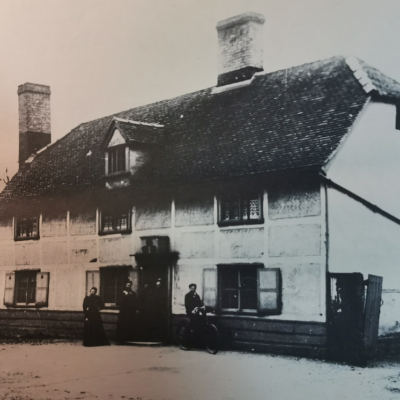Search by topic
- archaeology
- architecture
- bricklayer
- Building of Local Interest
- carpenter
- church
- crime
- dressmaker
- fire
- Great Eastern Railway
- listed building
- medieval
- oral history
- Public House
- Rattee & Kett
- Religious House
- Roman
- scholar
- school
- Then and Now
- tudor
- women
- work
- world war one
- world war two
Search by text
Causewayed enclosure at Great Shelford
History of causewayed enclosure at Great Shelford
Causewayed enclosures, also known as ‘causewayed camps’ or ‘interrupted-ditch enclosures’, are of great importance in European and British prehistory. They represent the earliest known examples of the enclosure of open space. They date to the early Neolithic (4,000 BC – 3,300 BC), which also saw the introduction of agriculture and the domestication of animals, the manufacture of pottery, the first mining of flint and quarrying of other forms of stone for the production of axes, and the construction of longhouses and ceremonial or ritual monuments including cursus monuments and long barrows.
Contribute
Do you have any information about the people or places in this article? If so, then please let us know using the Contact page or by emailing capturingcambridge@
License
This work is licensed under CC BY-NC-SA 4.0










